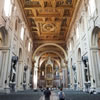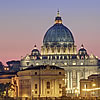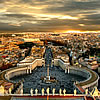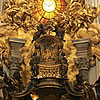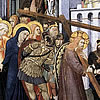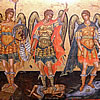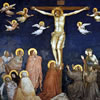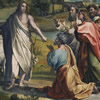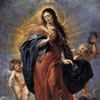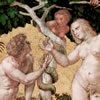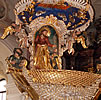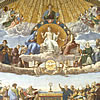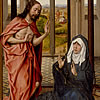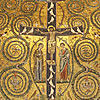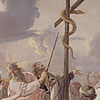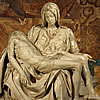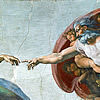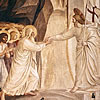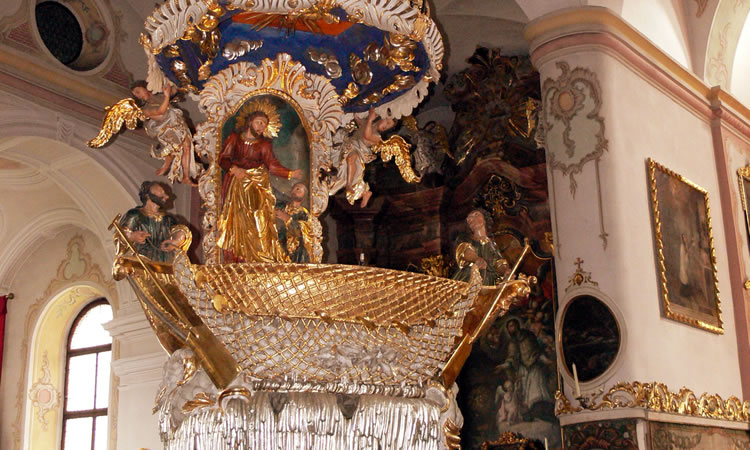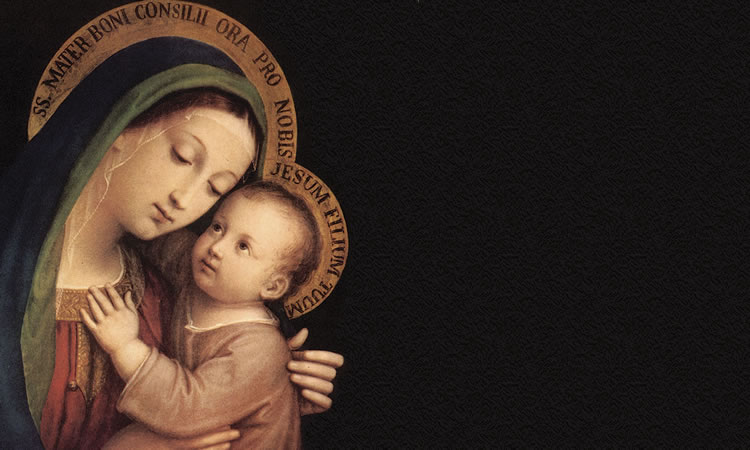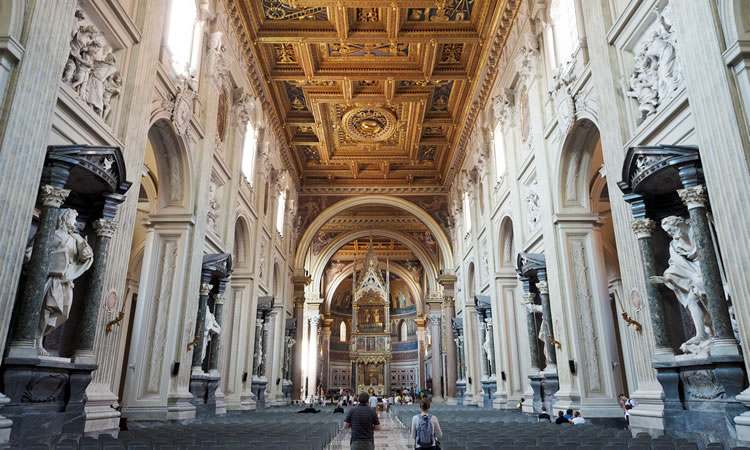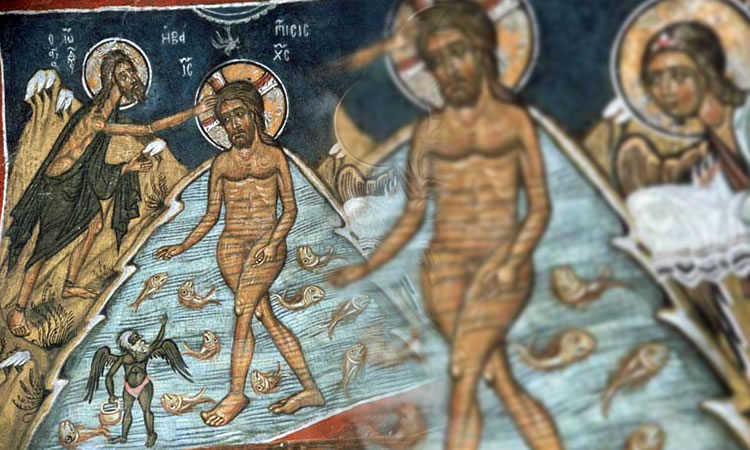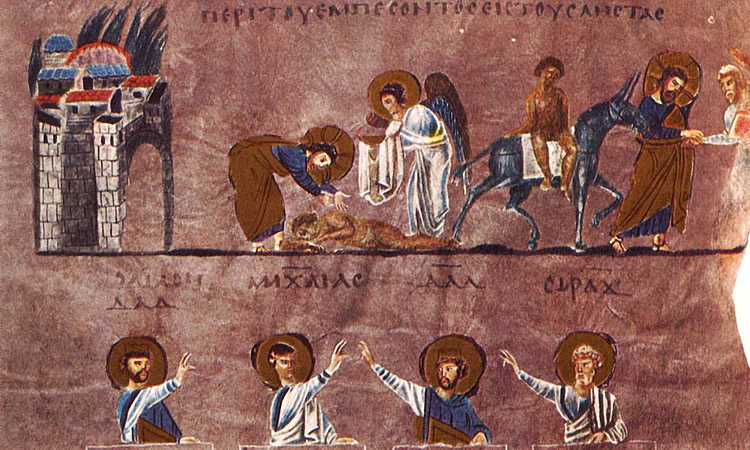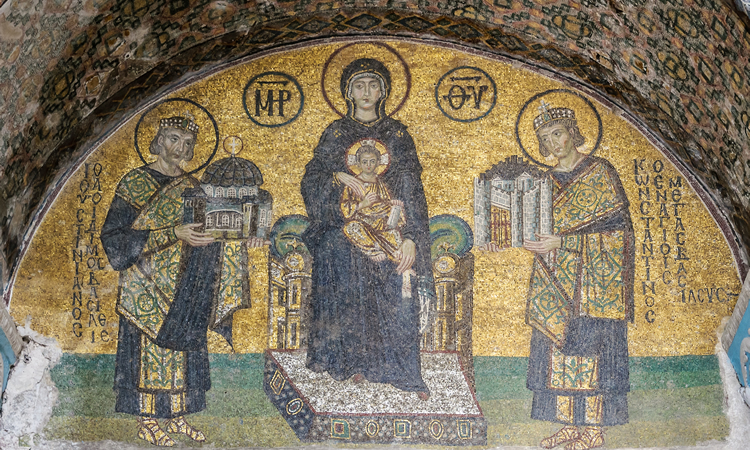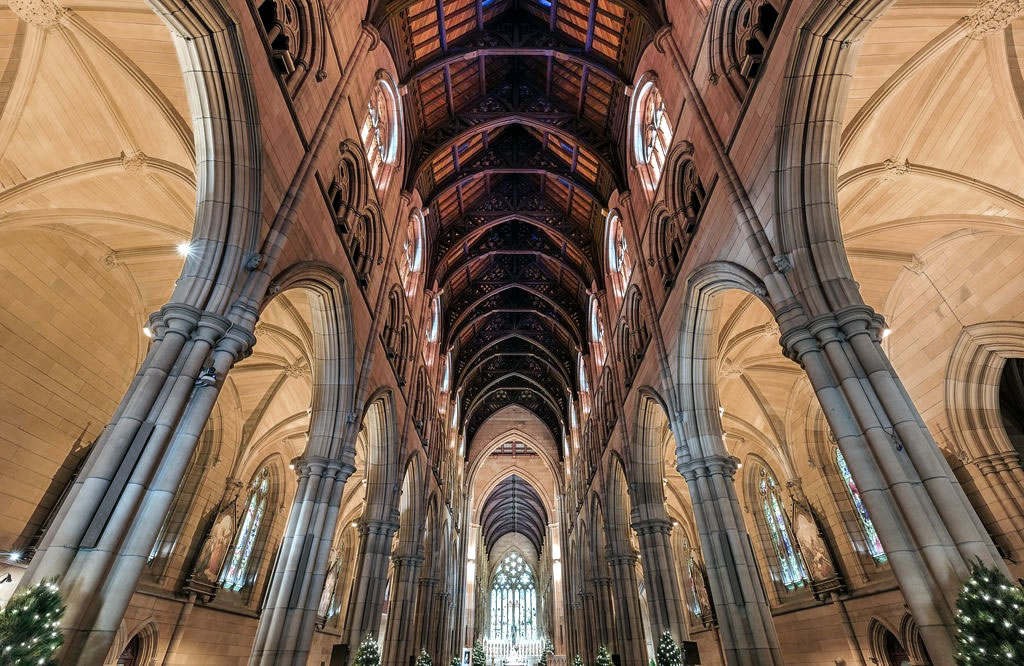

The Ceiling of St. Mary's Cathedral in Sydney
- Unknown
(Unknown Artist) - Wooden Beams
- Circa 1928
- St. Mary';s Cathedral
- Sydney,, Australia
- 6653
- Architecture , Christ , Church , Salvation
- Joby Provido
- 6/6/2018
When visiting older Gothic (or Gothic-revival) style churches, one cannot but ignore the beautiful vaulted ceilings. In some churches, they leave part of the ceiling exposed so you can see the wooden beams.
This is symbolic and not due to a lack of funds. When we see the exposed beams we are meant to see the keel (bottom) of a ship. Imagine a ship stripped of everything expect the bottom structure, then turn it upside-down and stick it to the ceiling. That is what we are intended to see.
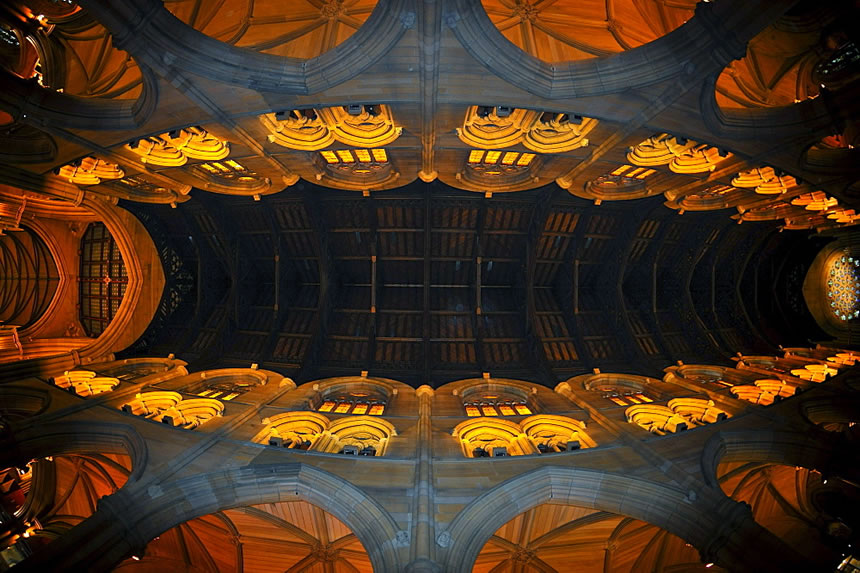
Part of the ceiling of St. Mary’s Cathedral in Sydney shows exposed beams to remind us the church is a ship.
Some churches have the exposed beams running the entire length of the church, and if not, it is usually found above the nave. The nave is the area where the pews are located. In large churches, the nave is flanked on the left and right by smaller aisles.
The symbolism of the ship comes from one of the metaphors of the Church. In the story of the Great Flood in Genesis, only those who were in Noah’s Ark were saved from death. It foreshadows the Church as an Ark that “navigates safely in this world” to bring those in it to a destination where death does not exist – which we understand as salvation. (CCC §845) It shouldn’t be startling that a dove heralds new life in the Genesis story, while a dove also heralds our new life in Christ, during his baptism. (Genesis 8, Matthew 3:16)
Many episodes in Christ’s life are linked with boats where we can find some meaning of the Church in it. For example, it is from an episode in Peter’s boat that Christ promised Peter would no longer catch fish, but catch men. (Luke 5:1-10) And, for as long as Christ is in the boat, he wouldn’t allow it to sink (Mark 4:35-40), just like he promised “the gates of the netherworld” will not prevail against the Church. (Matthew 16:18) ) It isn’t surprising, then, that the boat became an early Christian symbol and found its way into church architecture and terminology. For example, the word nave comes from the Latin navis, which means ship. Another example is the container of incense is called navicula, that means boat.
Scholars like to go a bit further and liken the Church to Peter’s boat because Christ would preach from the boat of Peter (Luke 5:3), and we revel in the thought that Christ’s words are still preached from that same boat today.
Posted by Joby Provido

- Unknown
(Unknown Artist) - Wooden Beams
- Circa 1928
- St. Mary';s Cathedral
- Sydney,, Australia
- 6653
- Architecture , Christ , Church , Salvation
- Joby Provido
- 6/6/2018
Related
- Architecture, Christ, Church, Eucharist, Relics, Scripture, Typology
- Architecture, Relics, Vatican
- Architecture, Church, Vatican
- Architecture, Christ, Church, Relics, Vatican
Recent
- 10/13/2023
- 9/28/2022
- 10/20/2020
- 4/18/2020
- 12/9/2019
- 9/6/2019
- 8/25/2019
- 7/2/2019
Popular
- 25,827
- 17,266
- 14,482
- 13,047
Tag Cloud
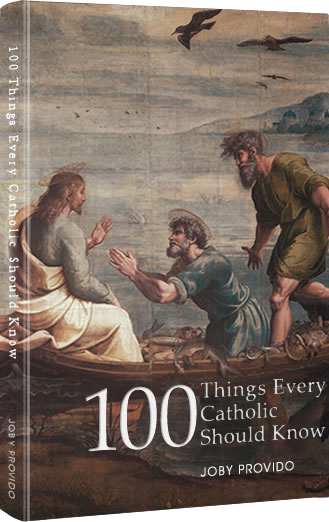
Whether or not you are new to the Catholic Church, or struggling, or lapsed, or dynamically involved, this book will enlighten you with the essentials of the Faith that have been handed down to us by the apostles.
100 Things Every Catholic Should Know covers what it is we believe in the Creed, how grace configures us to Christ in the sacraments, how we worship in the liturgy, how we connect to God in prayer, how Mary and the saints fit in in all of this, and how we are part of Christ’s Mystical Body – the Church.
Each of the 100 topics is easy to read and distilled into bite-sized portions. Through cross-referencing, the book also shows how the topics are interrelated. Those who are new to the Faith will find this book an edifying handy reference, and those who have simply forgotten will find it a great review material that might spark a new love for God and religion.
Get your copy now either in Hardbound, Paperback, or Kindle
Also by Unknown
The Fisherman's Pulpit
- Coronation of Mary Church
Mother of Good Counsel
- Augustinian Church of St. Mary
Triptych in Defense of Mary's Perpetual Virginity
- Rhenish State Museum
Baptism of Christ, Our Lady of Pastures
- Our Lady of Pastures Church
The Rossano Gospels: The Parable of the Good Samaritan
- Cathedral of Rossano
Madonna Mosaic
- Southwestern Entrance of the Hagia Sophia


